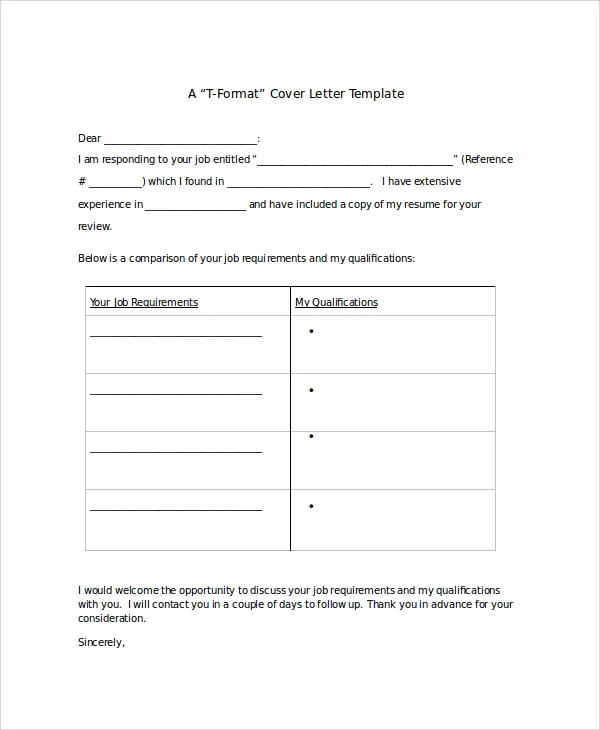The Power of a Perfect Resume & Cover Letter
In today’s competitive job market, your resume and cover letter are your first impressions. They are the initial gateways to your professional aspirations, and can either open doors to exciting opportunities or relegate your application to the digital abyss. A well-crafted resume and cover letter aren’t just documents they are powerful marketing tools that tell your story. They highlight your skills, experiences, and accomplishments, effectively demonstrating your value to potential employers. Mastering the art of resume and cover letter writing can significantly increase your chances of landing an interview and ultimately securing your dream job. Therefore, understanding the core elements and applying the right strategies can make all the difference.
Highlighting Your Skills and Experience
One of the most crucial elements of a compelling resume is the ability to effectively showcase your skills and experience. This involves more than just listing job titles and responsibilities; it requires quantifying your achievements and demonstrating how your skills align with the specific requirements of the target role. Begin by identifying your core skills, both hard and soft. Hard skills are technical abilities specific to your field, like software proficiency or data analysis. Soft skills are interpersonal and character-based attributes like communication, teamwork, and problem-solving. Then, back up these skills with concrete examples. Use the STAR method (Situation, Task, Action, Result) to describe each experience. This method helps to tell a compelling story, detailing the context, your responsibilities, actions taken, and the positive outcomes achieved. Always tailor your skills section to each job application by highlighting the most relevant skills.
Formatting Your Resume for Success
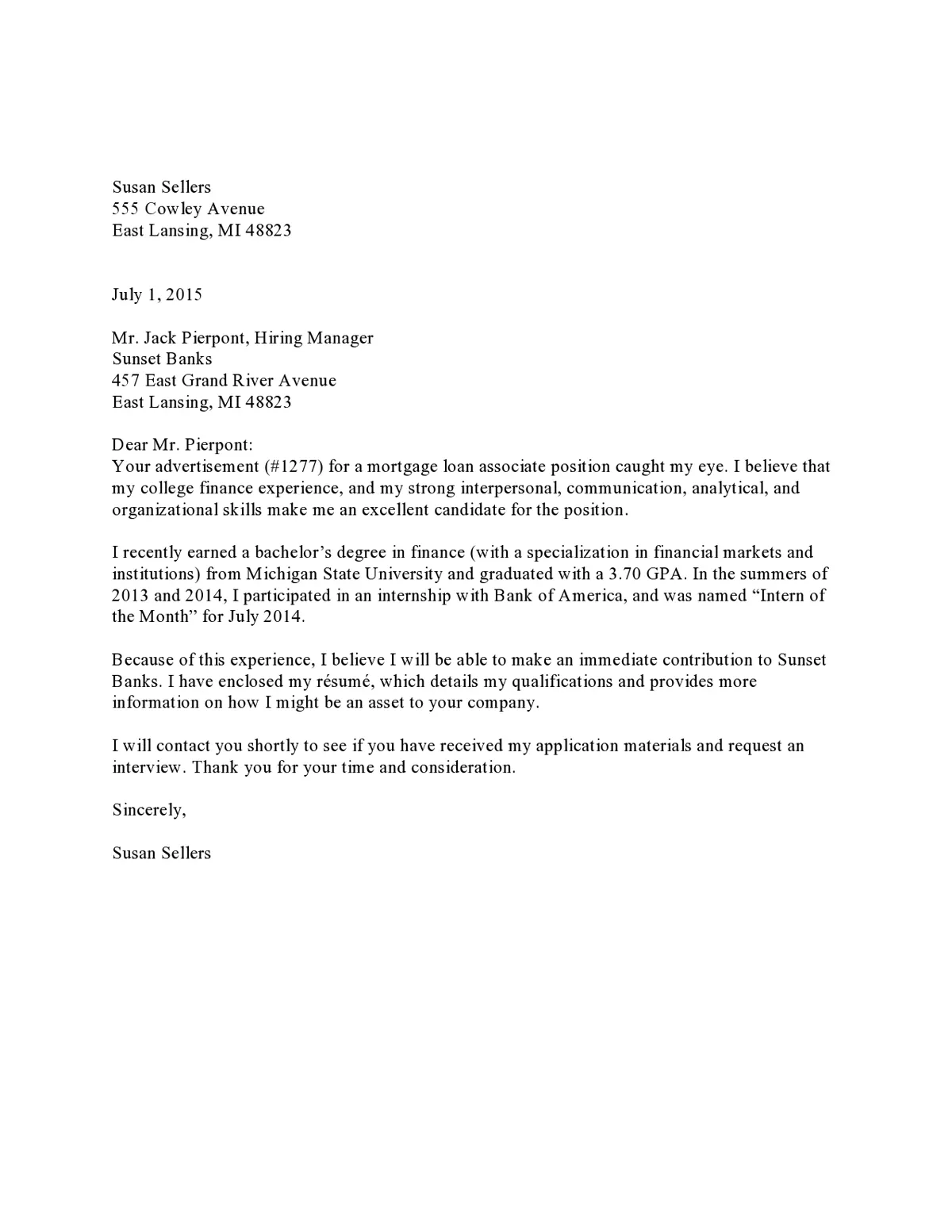
Formatting plays a vital role in how easily your resume is read and the impact it has on the reader. A well-formatted resume is easy to scan, highlights key information, and presents a professional image. Poor formatting, on the other hand, can distract the reader and obscure your qualifications. Choose a clean, professional font like Arial, Calibri, or Times New Roman, and stick to a font size between 10 and 12 points. Use consistent formatting throughout the document, including bullet points, headings, and spacing. The judicious use of bolding, italics, and underlining can draw attention to important details, but avoid overdoing it. Use white space effectively to break up text and make your resume visually appealing. A cluttered resume is off-putting; give your information room to breathe. The objective is to help recruiters and hiring managers find information quickly.
Choosing the Right Resume Format
There are several resume formats. The most common include chronological, functional, and combination formats. The chronological format lists your work history in reverse-chronological order, highlighting your career progression and is ideal if you have a consistent work history. The functional format focuses on your skills and abilities rather than your work history, which is suitable for those with gaps in employment or career changes. The combination format blends the strengths of both, showcasing your skills while providing a chronological overview of your work experience. Choose the format that best highlights your strengths and aligns with your career goals, keeping in mind what employers in your industry typically expect. Consider your target job and the experience you have.
Tailoring Your Resume to the Job
The most effective resumes are tailored to the specific job you are applying for. Generic resumes rarely make a strong impact. Review the job description carefully and identify the key requirements, skills, and qualifications the employer is seeking. Then, customize your resume to align with these requirements. Use keywords from the job description in your skills section, experience descriptions, and even your resume summary or objective statement. Quantify your accomplishments using numbers and data whenever possible to demonstrate your impact. For example, ‘Increased sales by 15% in Q4’ is more compelling than ‘Improved sales.’ The goal is to make it immediately apparent to the hiring manager that you are a strong fit for the role.
Creating a Compelling Cover Letter
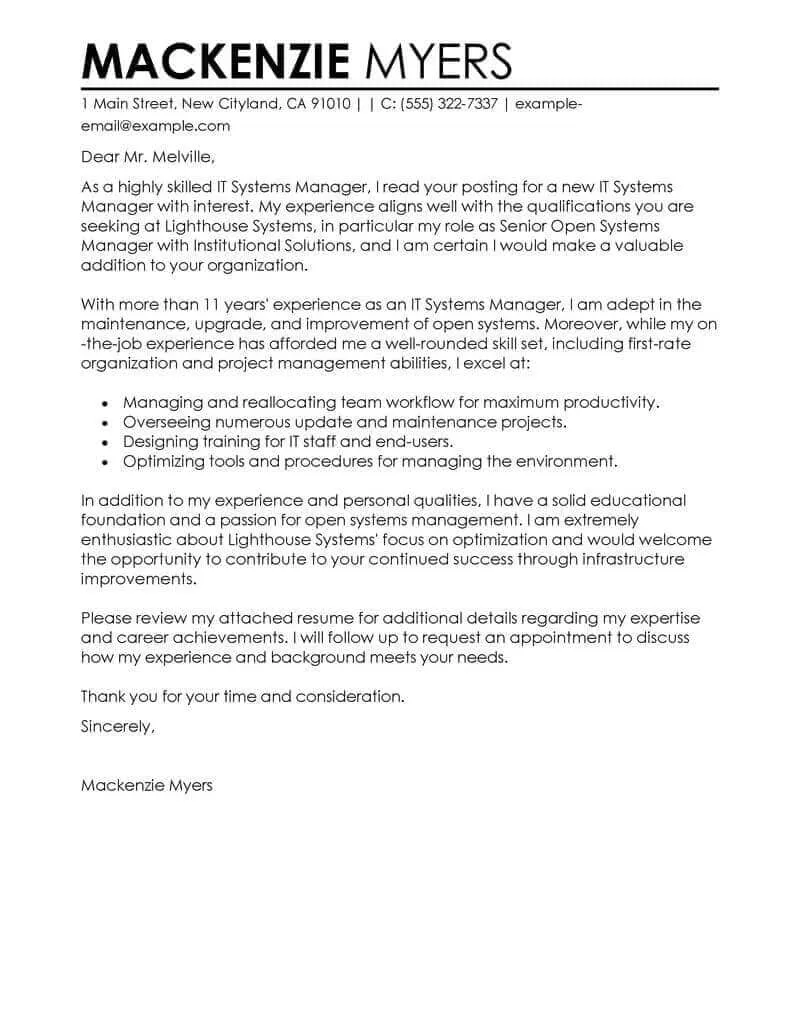
A cover letter is your chance to make a personal connection and show the hiring manager why you’re the perfect fit for the role. It complements your resume and gives you a space to elaborate on your qualifications and express your enthusiasm. Unlike a resume, which provides a factual overview, a cover letter is your chance to tell a story, providing context for your experiences, and articulating your career aspirations. The cover letter allows you to present your personality and to demonstrate your communication skills. A well-written cover letter can be the deciding factor in securing an interview, making it an essential part of any job application. It’s a reflection of your writing and attention to detail, so take the time to perfect this document.
Understanding the Purpose of a Cover Letter
The primary purpose of a cover letter is to introduce yourself, express your interest in the position, and highlight how your skills and experience align with the job requirements. It’s an opportunity to explain why you are the best candidate for the role. The cover letter allows you to personalize your application and demonstrate that you’ve done your research on the company. It should expand upon key points from your resume, providing additional context and showcasing your personality and writing abilities. It’s your chance to show your enthusiasm for the role and the company and is a means to demonstrate your passion for the industry. A successful cover letter convinces the hiring manager that you are worth the time and effort of an interview.
Structuring Your Cover Letter Effectively
A well-structured cover letter follows a standard format that includes an introduction, body paragraphs, and a conclusion. Begin with a clear and concise introduction stating the position you’re applying for and where you found the job posting. The body paragraphs should highlight your relevant skills and experiences, providing specific examples of how you have achieved success in previous roles. Demonstrate how your qualifications align with the requirements outlined in the job description. Quantify your achievements whenever possible. Conclude your letter by reiterating your interest in the position and thanking the hiring manager for their time and consideration. End with a call to action, such as stating that you are available for an interview at their earliest convenience. Be sure to proofread to ensure perfect grammar and spelling.
Showcasing Your Achievements
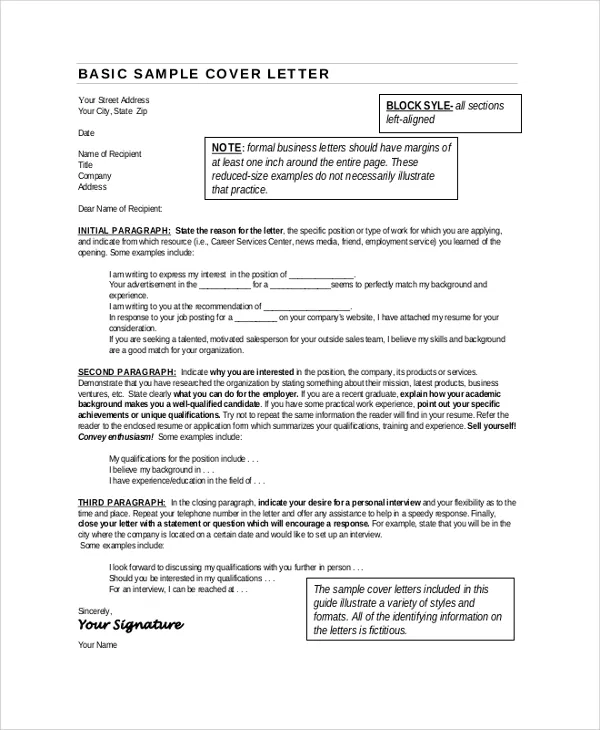
Use your cover letter to highlight your achievements. Rather than simply listing your responsibilities, focus on what you have accomplished in previous roles. Provide specific examples of your successes, such as increasing sales, improving efficiency, or leading a successful project. Use the STAR method to describe these accomplishments, providing the situation, the task, the actions you took, and the results you achieved. Quantify your achievements whenever possible. Instead of saying you “managed social media accounts,” state that you “increased social media engagement by 30% in six months.” This approach demonstrates your value and makes a more compelling case for your candidacy. Showcasing achievements proves your capabilities rather than just stating them.
Proofreading and Editing
Proofreading and editing are critical steps in the resume and cover letter writing process. Errors in grammar, spelling, and punctuation can undermine your credibility and leave a negative impression on the hiring manager. Your resume and cover letter must be polished and error-free to show attention to detail and professionalism. Before submitting any application, carefully review both documents for any mistakes. It’s helpful to set aside the documents for a few hours or a day, and then review them with fresh eyes. Consider using grammar and spelling checkers, but don’t rely on them entirely. Proofread multiple times, preferably reading the documents aloud, to catch any errors that may have been missed. Even a small mistake can make a huge difference.
Proofreading Your Resume
When proofreading your resume, pay close attention to the details. Check for consistent formatting, correct dates, and accurate contact information. Ensure that all your skills and experiences are clearly and concisely described. Verify that you have used the correct tense and that all sentences are grammatically correct. Make sure you have used the correct names and titles for employers and positions. Look for any inconsistencies in your formatting, such as different font sizes or inconsistent spacing. Read the resume from top to bottom, and then read it again from the bottom to the top. This can help you catch errors you might have missed in the first reading. Have a friend or mentor review your resume for a fresh perspective and any errors you may have missed.
Proofreading Your Cover Letter
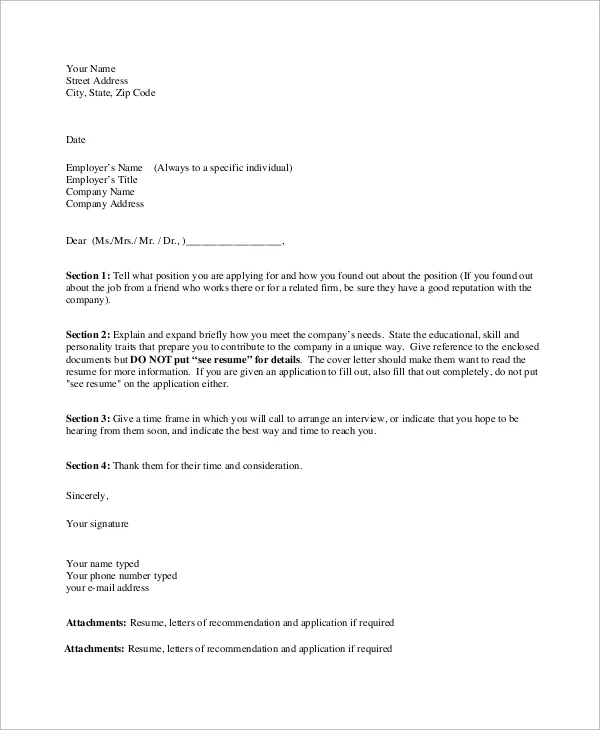
Proofreading your cover letter is equally important. Check for any grammatical errors, spelling mistakes, or typos. Ensure that the letter flows logically and that the tone is professional and enthusiastic. Verify that you have addressed the letter to the correct person, if possible, and that the company name is spelled correctly. Check for any inconsistencies between your resume and cover letter. Make sure the content of your letter aligns with the job description and the skills and experiences highlighted in your resume. Reading your cover letter aloud can help you identify any awkward phrasing or grammatical errors. Just as with your resume, ask a friend or career advisor to review your cover letter to catch any mistakes you might have overlooked.
Contact Information and Professionalism
Your contact information is a critical component of both your resume and cover letter. This is how potential employers will reach out to you, so ensure that your information is accurate and up-to-date. Include your full name, phone number, professional email address, and a link to your LinkedIn profile. Use a professional email address. Avoid using casual or unprofessional email addresses. Ensure your voicemail greeting is professional. Double-check all your contact information to make sure there are no typos or errors. Also, maintain a professional image throughout your job search. Ensure your social media profiles are appropriate and project a positive image of your candidacy.
Optimizing for Applicant Tracking Systems (ATS)
Applicant Tracking Systems (ATS) are used by many companies to scan and filter resumes. To ensure your resume gets past the ATS and into the hands of a human, it’s essential to optimize it. Use a simple, clean format that’s easy for the ATS to read. Avoid using tables, graphics, or complex formatting. Use standard section headings like ‘Experience’ and ‘Education.’ Use keywords from the job description throughout your resume. Many ATS systems scan for specific words and phrases. List these words naturally within your content. Save your resume in a compatible format, such as a .docx or a .pdf, and avoid unusual file formats.
Keywords and Phrases
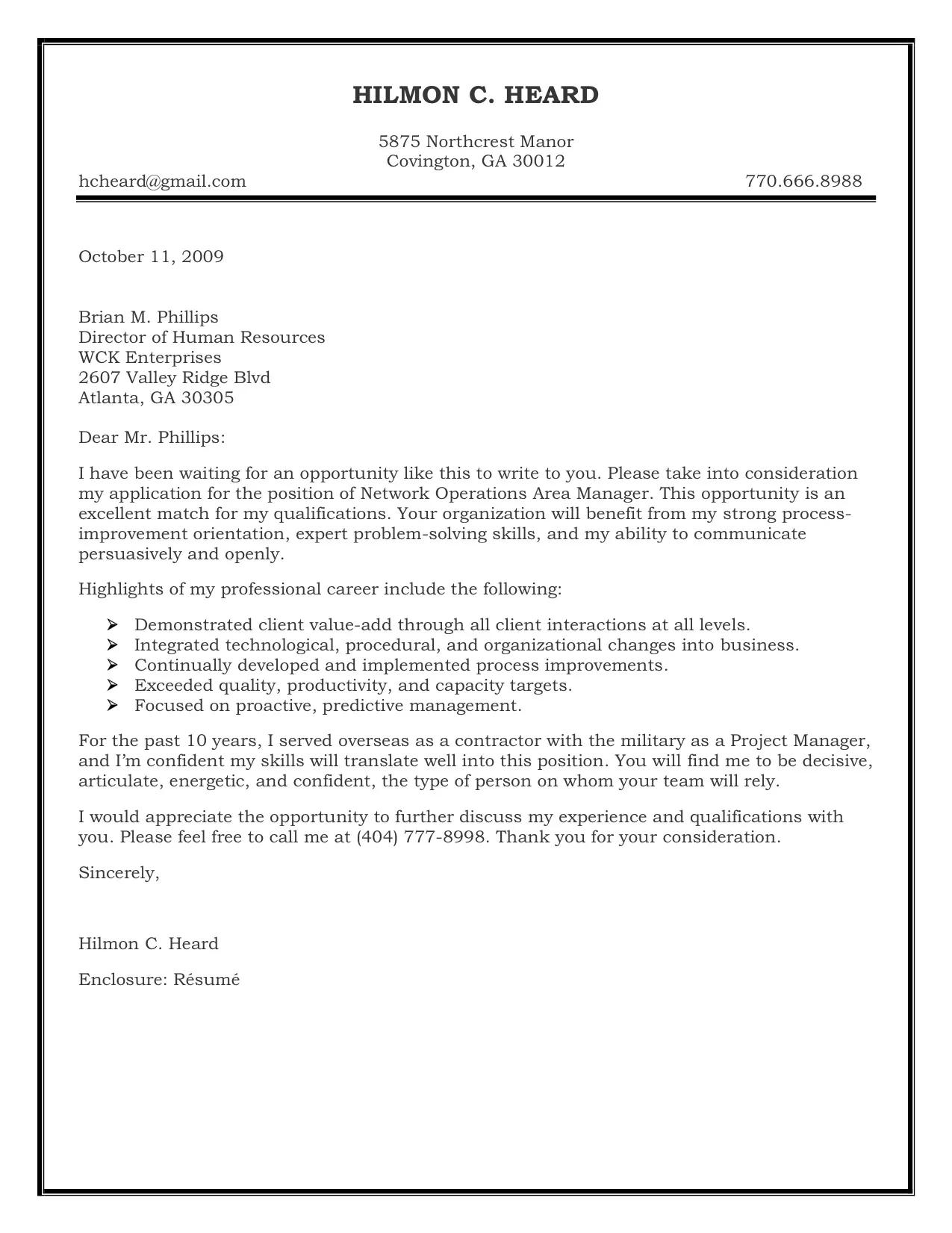
Keywords are essential for passing through the ATS. Research the role for which you’re applying and extract keywords. Review the job description and identify the most relevant terms and phrases. Incorporate these keywords naturally throughout your resume. Include them in your skills section, work experience descriptions, and even your resume summary or objective. Be sure to use a variety of keywords and phrases, including both general and specific terms. However, do not stuff your resume with keywords, as this can make it appear unnatural and detract from your qualifications. Focus on using the right keywords, rather than using as many as possible.
File Format
The file format of your resume is another key consideration for ATS optimization. Choose a file format that is widely compatible with ATS systems. Generally, a .docx or .pdf file format is recommended. A .docx file is often preferred, as it is easier for the ATS to scan and parse. However, some ATS systems may not be able to read the .docx format correctly, so a .pdf file is another option, which is generally safer. Ensure that the file name is professional and includes your name and the word “resume” to avoid confusion. Avoid using unusual or obscure file formats, as these may not be compatible with all ATS systems. Test your resume in different formats to see which works best.
Frequently Asked Questions (FAQ)
Here are some common questions and answers about resume and cover letter writing:
Question What is the ideal length for a resume? Answer: Most resumes should be one to two pages long, depending on your experience level. Senior professionals may have longer resumes.
Question: Should I include a photo on my resume? Answer: Generally, it’s not recommended to include a photo, unless it is specifically requested by the employer.
Question: What is a resume summary? Answer: A resume summary is a brief overview of your skills and experience. It’s placed at the top of your resume.
Question: Should I send a cover letter? Answer: Yes, a cover letter is usually recommended as it provides an opportunity to personalize your application and provide additional information.
Question: When should I follow up after submitting my application? Answer: Wait about a week or two after submitting your application before following up, unless the job posting specifies a different timeline.
